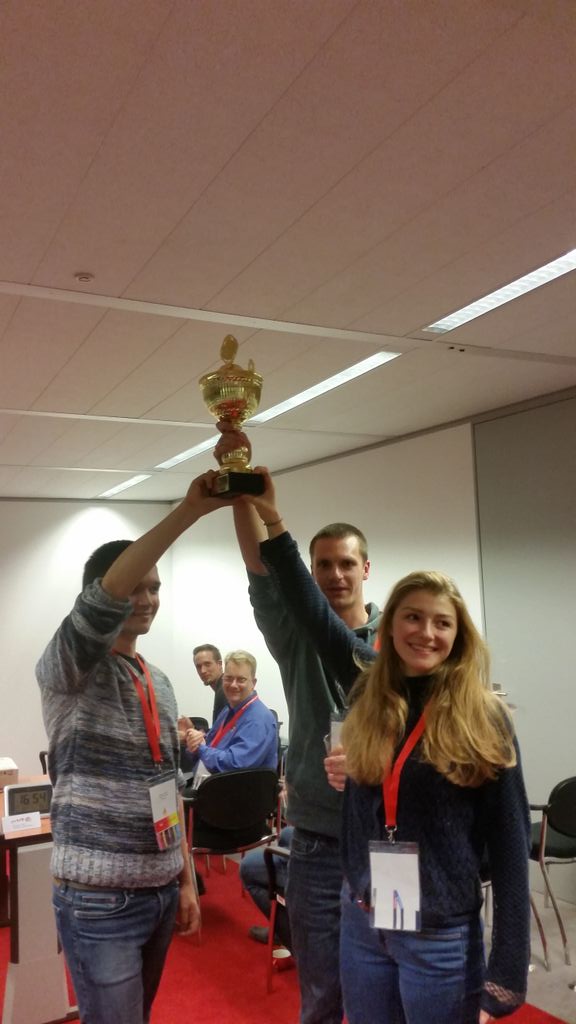 My first motorcycle jacket was made of ballistic cloth and padded, with plastic plates beneath. It worked just fine, looked OK but not great, and protected me for the one accident I ever had, but on hitting the pavement the jacket ripped, and I've worn it rarely since. My second was simple black classic leather. It looked great but has a couple of flaws for winter riding: The zippers are wicked difficult to open with gloves on, and getting it all the way closed in for cold riding was difficult, and uncomfortable.
My first motorcycle jacket was made of ballistic cloth and padded, with plastic plates beneath. It worked just fine, looked OK but not great, and protected me for the one accident I ever had, but on hitting the pavement the jacket ripped, and I've worn it rarely since. My second was simple black classic leather. It looked great but has a couple of flaws for winter riding: The zippers are wicked difficult to open with gloves on, and getting it all the way closed in for cold riding was difficult, and uncomfortable.Recently I was offered a jacket to try out a review, and since I needed I new jacket, I chose this one to check out from Motorcycle House.
A couple of things attracted me to this jacket:
- The pockets.
For some reason, I like having lots of pockets. This jacket has a ton of pockets. The outer ones fit my riding gloves (something I couldn't say about the classic leather jacket I was using). The inner ones are accessible even with the liner installed. And the zippers can all be operated with gloves on.
- The reflective stripes.
My bike is black. My jeans are black. My chaps are black. Riding in the dark means that pretty much I'm an otherwise invisible headlight or taillight with a black jacket on. The built in reflective trim makes it possible to see me, which makes me feel a bit safer. - It looks good.
- Comfort. The jacket fits me well, and is comfortable around the neck when I close it up. And it's warm in the cold. I had planned to write this review sooner, but it's kinda hard to write a review about a jacket that you are going to use for cold weather riding when you haven't had any cold weather to ride in. What cold weather we've had recently has also overlapped with travel. Finally we got some today, so I took a half-hour for a good ride over lunch. It fits my final criteria, it's warm.
- It's also armor. Padded leather is about AC 8 on a DnD scale, but I'd give this jacket a +1 for ease of movement in it. It has armor at the back, shoulders and elbows, but I didn't even notice it until I hung the jacket up. You simply don't feel it.
While I was given the jacket in exchange for this review, the price is also pretty good, at $99.99. And given that today is Cyber Monday, you can also get it on sale.
I don't usually do reviews except for books, and this is my first review for something that most of my usual audience might not appreciate. I'm probably not going to make a habit of it, but then again, I won't rule it out completely either. After all, what good is to have a blog if you don't try something different every now and then.






